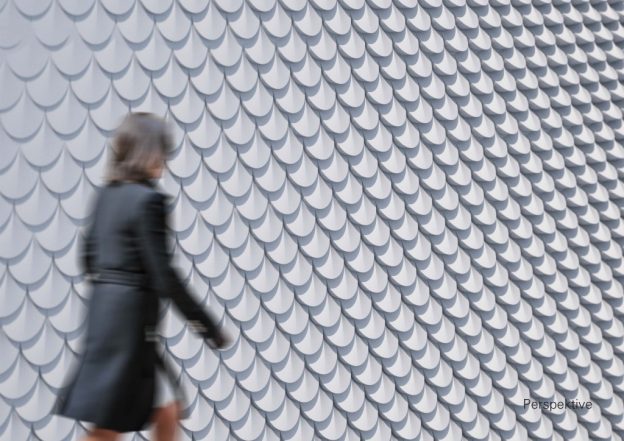Dr. Georgiadou Zoi, Stavridou Athena, Dr. Priniotakis Georgios, Tsoumas Ioannis, Dr. Mandalaki Maria
Course coordinators :Dr. Georgiadou Zoi, Stavridou Athena


Abstract
The introduction of innovations is linked to technology evolution and defines a whole range of new materials and construction techniques. Smart materials for structures are integrated in innovative design fields, offering potential means and abilities for the creation of smart environments, buildings and objects, with wide perspectives on emergent applications and development.
Computational design is gradually forming a modern environment of continuous flow of information, computing systems and algorithms, leading to the total control of the properties, behavior and all kinds of elements, concerning the materials in the design process. New technologies, such as the use of nanotechnology, contribute to rapid developments in materials science, increasing the requirements, the range of their properties, their variability, their response to different environmental conditions, heat, light and electricity. Thus, an expanded field is formed between the conventional management of materials as constructional parts of a project and their looming active participation in the production of architectural forms and their treatment as dynamic rather than static systems.
Computational design forms progressively a modern ambience, concerning information flow, computational systems and algorithms, that lead to advanced control of characteristics and behavior of all the material’s aspects linked to design process. Innovative technologies as nanotechnology contribute to rapid progress in material science, increasing the range of substitutes, material performance and applications, transformation properties, adaptive changes in different conditions (such as thermal, lightening, electric, energy and state changes, etc.). Thus, a wide research area is determined between conventional and smart materials for architectural design and their contribution to form, productive process and values, active structures and systems. On the other hand, traditional materials such as stone, soil, wood, etc. can play an important role in modern sustainable construction and new uses.
The course’s content is focused on the above research field about both innovative materials and diachronic traditional ones, concerning their appearance, characteristics, properties and performance. We refer to certain structures and cases that reveal their role in design process. Also, we explore and criticize the way they are incorporated into our existing systems and exploit their principles in order to redefine approaches to sustainability.

